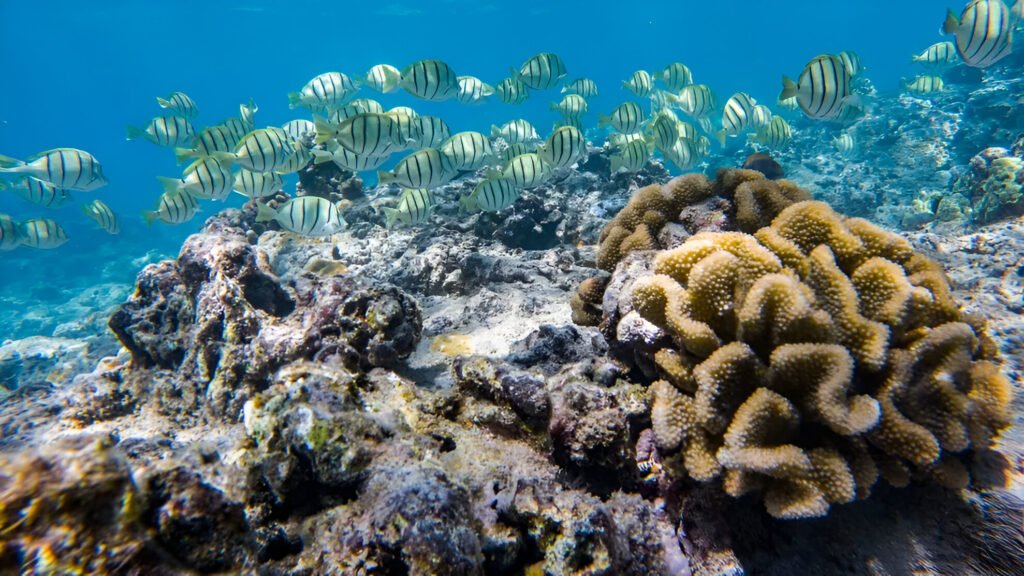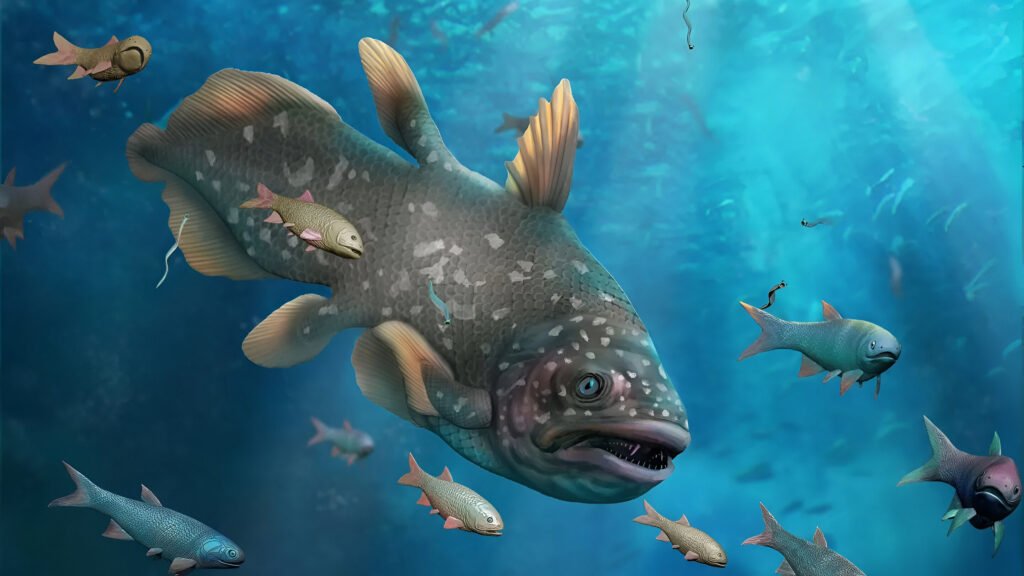
Around 252 million years ago, long before dinosaurs walked the Earth, our planet experienced the most catastrophic extinction event in its history—the Permian-Triassic extinction, also ominously known as “The Great Dying.” It wiped out over 90% of marine species and 70% of land-dwelling species, marking a terrifying reset for life on Earth. But what followed this apocalyptic event is equally fascinating: marine ecosystems across the globe began to look eerily similar to each other.
This post-extinction ecological “sameness” raises an intriguing question: Why did marine species across different regions of the world become so similar after the Earth’s worst extinction? Recent scientific insights, fueled by paleontological evidence and ecological modeling, have begun to explain this strange phenomenon—and the answers lie in a mix of biology, geography, and survival strategy.
The Great Dying: A Quick Recap
The Permian-Triassic extinction occurred due to a combination of massive volcanic eruptions in what is now Siberia, resulting in skyrocketing CO₂ levels, global warming, ocean acidification, and a significant drop in oxygen levels. These changes turned the oceans into hostile environments, wiping out a vast majority of marine species.
Coral reefs collapsed, trilobites vanished, and only the hardiest organisms survived—mostly generalists that could tolerate extreme conditions. It took millions of years for life to recover, and when it did, things looked very different.
Homogenization of Marine Life: What Happened?
After the extinction, the world’s oceans became populated with strikingly similar species, no matter where you looked. This phenomenon is known as faunal homogenization, and it’s akin to the idea of going to different continents today and finding the same fast-food chains or fashion brands everywhere.
But instead of businesses, these were survival-specialist marine creatures—simple, hardy, and adaptable. Scientists believe this happened for a few key reasons:
1. Mass Extinction Cleared the Slate
The Permian-Triassic extinction decimated most specialized species that had evolved to thrive in narrow ecological niches. What was left was a global vacuum, and only generalist species—those that could survive in a wide range of conditions—were able to repopulate the oceans.
This left fewer species overall, and the ones that remained or emerged were similar in function and form, filling the same ecological roles in different regions. In other words, the extinction acted as a biological bottleneck—wiping out diversity and leaving room only for a few types of survivors.
2. Rapid Dispersal and Ocean Connectivity
After the extinction, Earth’s continents were still part of a massive supercontinent called Pangaea, surrounded by one global ocean, Panthalassa. This allowed for uninterrupted marine currents and easier dispersal of marine organisms across the globe.
Species that were able to survive and reproduce could spread across vast areas with relative ease, colonizing similar environments from one coastline to another. As a result, similar communities of marine species began appearing all over the world.

3. Simplified Ecosystems Favored Similar Traits
In the aftermath of the extinction, complex food webs had collapsed. Ecosystems were simple, and survival depended on basic functions—like being able to tolerate low oxygen, high temperatures, and acidic water.
This meant that evolution favored species with convergent traits—characteristics that arose independently in different groups because they were the best fit for similar environmental challenges. These traits included small body size, opportunistic feeding, and high reproductive rates.
Over time, ecosystems across different regions converged into a few successful templates, leading to uniform marine life across vast areas.
4. Evolutionary Innovation Was Limited—Temporarily
Following a mass extinction, evolution enters a phase of ecological rebuilding, often referred to as the “disaster biota” stage. During this time, evolutionary innovation is stifled by harsh conditions, and new species tend to look and behave like their predecessors—or like each other—because the environment only supports a narrow set of traits.
Only after stability returns and ecosystems diversify again does evolution begin producing more distinct, localized species. That’s why faunal homogenization is often a temporary phase in Earth’s long ecological history.
Echoes in Today’s World?
Interestingly, scientists are seeing modern parallels to this ancient phenomenon. With current threats like climate change, pollution, and overfishing, ecosystems are once again becoming simplified. Generalist species—like jellyfish, algae blooms, and certain invasive fish—are thriving globally, replacing more specialized and vulnerable organisms.
If history is any indicator, we may be entering another period of biological sameness, where ecological diversity gives way to uniformity due to human-induced stress.
Final Thoughts
The post-Permian extinction world teaches us a powerful lesson: extreme environmental stress leads to ecological uniformity. In the face of mass extinction, only a few tough species survive and spread, resulting in a world that looks strikingly the same from coast to coast.
Understanding why global marine species became so similar after Earth’s worst extinction isn’t just a look into the past—it’s a warning for the future. As we navigate modern environmental challenges, the story of the Great Dying reminds us that biodiversity is fragile, and without conscious efforts to protect it, we could be heading toward a homogenized—and less resilient—planet once again.











